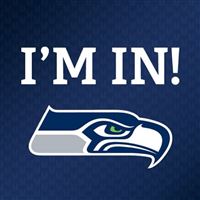 I’ve lived in a lot of different cities which means that cheering for the Bears, Colts, Vikings, and Eagles could have all made sense in the past. With all that traveling, I didn’t really cheer for one team (except for a stint where I cheered for the Cowboys? I think it was because of the Aikman, Emmitt, Irvin trio.)
I’ve lived in a lot of different cities which means that cheering for the Bears, Colts, Vikings, and Eagles could have all made sense in the past. With all that traveling, I didn’t really cheer for one team (except for a stint where I cheered for the Cowboys? I think it was because of the Aikman, Emmitt, Irvin trio.)
After a year or two in Seattle, I knew that I wanted to stick around this city for a long time. It was also really hard to follow my old sports teams so I decided to cheer the Mariners and the Seahawks. Last year I finally started watching every Seahawks game.
So I think that makes me a bit of a bandwagon fan. Oh well.
This has been such a fun year to cheer for the Seahawks! I lived in Philly in 2005 when the Eagles lost to the Patriots but I wasn’t really an Eagles fan. This time around it’s exciting to ride the wave of Seahawks fever that is coursing through the city. Aside from a few guys with, um, strong personalities (ie. Richard Sherman), this roster seems like a great group of guys. Russell Wilson seems like a genuinely fantastic individual, and it’s fun cheering for this rag-tag group of low draft picks with low salaries. There’s no way the Seahawks can afford to keep this roster together once contracts run out so we’ll enjoy it while it lasts.
TimS, AndyD and I bought those jerseys from China a few weeks back but Tim and I have pretty much ditched ours. Andy got a mostly gray one which looks quite a bit better than our navy ones. I just ordered a Seahawks t-shirt from nflshop.com so this one will be official with all the right colors, etc and I won’t be embarrassed to wear it.
P.S. Sherman posted an article on Monday explaining his actions.

 For the past few years, the NASCAR season has been split across three networks: FOX, TNT and ESPN/ABC. FOX does the best job and TNT coverage is a joke. When we adjusted our cable package, it meant that I wouldn’t be able to watch the races that were on TNT or ESPN. However it looks like that will be changing. In 2015, FOX will get the first 12 races and NBC will get the last 24 races. That means no more TNT or ESPN. I think that’s a win for the sport both because it means fewer changes of network and it drops the two worst coverage teams. Hopefully NBC can put together a good team. It will also give them something big to show at the end of the season when CBS and FOX are running NFL games and will be a big lead-in to their Sunday Night Football games.
For the past few years, the NASCAR season has been split across three networks: FOX, TNT and ESPN/ABC. FOX does the best job and TNT coverage is a joke. When we adjusted our cable package, it meant that I wouldn’t be able to watch the races that were on TNT or ESPN. However it looks like that will be changing. In 2015, FOX will get the first 12 races and NBC will get the last 24 races. That means no more TNT or ESPN. I think that’s a win for the sport both because it means fewer changes of network and it drops the two worst coverage teams. Hopefully NBC can put together a good team. It will also give them something big to show at the end of the season when CBS and FOX are running NFL games and will be a big lead-in to their Sunday Night Football games.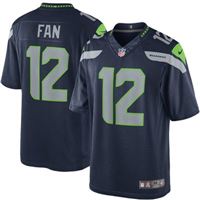 A couple weeks ago, TimS told me about a website that sells NFL jerseys for really cheap. They come from China so it’s a good bet that they are unlicensed. There seem to be a lot of websites that do this but the one we looked at was
A couple weeks ago, TimS told me about a website that sells NFL jerseys for really cheap. They come from China so it’s a good bet that they are unlicensed. There seem to be a lot of websites that do this but the one we looked at was 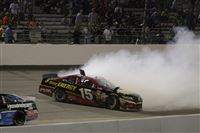 After the first 26 races in the NASCAR season, 12 drivers are chosen to compete in the “Chase” which basically is NASCAR’s 10 race version of playoffs. The specifics of how those drivers are chosen are a bit tricky but basically it’s the top 10 drivers in points and then two wild cards. My favorite driver, Ryan Newman, was right on the bubble for the last wild card position. Lap by lap the standings would change and he’d move in and out of the chase. With the race winding down, Newman was driving his heart out and had pulled into the lead. A victory would have guaranteed that he beat out Martin Truex, Jr for a spot in the chase. With just a few laps remaining, Truex’s teammate Clint Bowyer was told over the radio that Newman was going to win the race. Then they asked Bowyer, who had poison oak on his hand, how his hand was feeling. “Is your arm starting to hurt? I bet it’s hot in there. Itch it.” At that point, Bowyer spun bringing out a caution. After the pit stops, Newman was no longer in the lead, didn’t win, and Truex got into the Chase on a tie-breaker with Newman.
After the first 26 races in the NASCAR season, 12 drivers are chosen to compete in the “Chase” which basically is NASCAR’s 10 race version of playoffs. The specifics of how those drivers are chosen are a bit tricky but basically it’s the top 10 drivers in points and then two wild cards. My favorite driver, Ryan Newman, was right on the bubble for the last wild card position. Lap by lap the standings would change and he’d move in and out of the chase. With the race winding down, Newman was driving his heart out and had pulled into the lead. A victory would have guaranteed that he beat out Martin Truex, Jr for a spot in the chase. With just a few laps remaining, Truex’s teammate Clint Bowyer was told over the radio that Newman was going to win the race. Then they asked Bowyer, who had poison oak on his hand, how his hand was feeling. “Is your arm starting to hurt? I bet it’s hot in there. Itch it.” At that point, Bowyer spun bringing out a caution. After the pit stops, Newman was no longer in the lead, didn’t win, and Truex got into the Chase on a tie-breaker with Newman.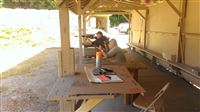 Logan and I grabbed our temporary badges and headed to the Snoqualmie Valley Rifle Club with Don for our first shots as members. Being a Saturday, I expected it to be swamped with people. There was a hunter safety class between 9 and 3 so we arrived at 3 and found a nearly empty range. In fact, over the 2+ hours that we were there, we had the range to ourselves for a good chunk of it.
Logan and I grabbed our temporary badges and headed to the Snoqualmie Valley Rifle Club with Don for our first shots as members. Being a Saturday, I expected it to be swamped with people. There was a hunter safety class between 9 and 3 so we arrived at 3 and found a nearly empty range. In fact, over the 2+ hours that we were there, we had the range to ourselves for a good chunk of it.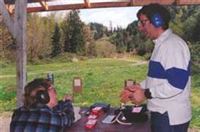 There’s a small shooting range at the bottom of the hill on 202 leading up to Snoqualmie Falls. You’ve probably driven by it numerous times and never noticed the dirt road leading off into the woods. MikeF took me there as a guest a few months ago and I’ve been trying to find time to join the club ever since.
There’s a small shooting range at the bottom of the hill on 202 leading up to Snoqualmie Falls. You’ve probably driven by it numerous times and never noticed the dirt road leading off into the woods. MikeF took me there as a guest a few months ago and I’ve been trying to find time to join the club ever since.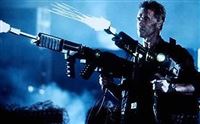 As I’ve started to get more involved in shooting sports over the last couple years, I’ve been thinking about why people view it any differently than golf. Whether you go to a gun range or a country club, you’ll be surrounded by retirees joking around and having fun. It’s a very similar environment. Somebody could use either a golf club or a gun to kill you, but most people don’t have an irrational fear of golf clubs. Why?
As I’ve started to get more involved in shooting sports over the last couple years, I’ve been thinking about why people view it any differently than golf. Whether you go to a gun range or a country club, you’ll be surrounded by retirees joking around and having fun. It’s a very similar environment. Somebody could use either a golf club or a gun to kill you, but most people don’t have an irrational fear of golf clubs. Why?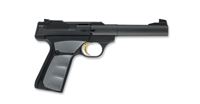 While I’ve sent quite a few rounds through both a rifle and a shotgun, I haven’t spent much time with handguns. I decided to add one to my collection but which one to buy? I ended up with a
While I’ve sent quite a few rounds through both a rifle and a shotgun, I haven’t spent much time with handguns. I decided to add one to my collection but which one to buy? I ended up with a 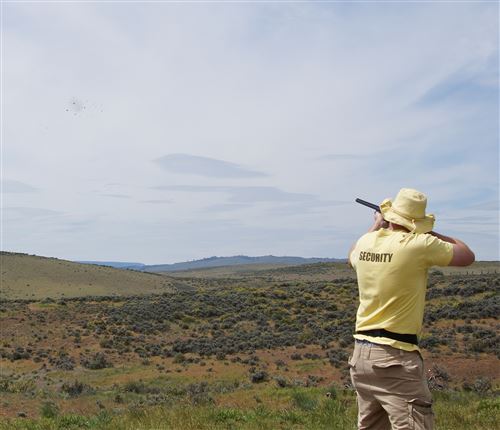
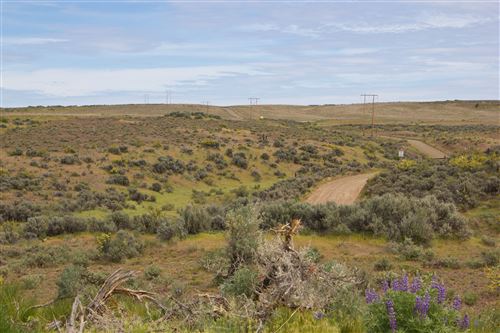
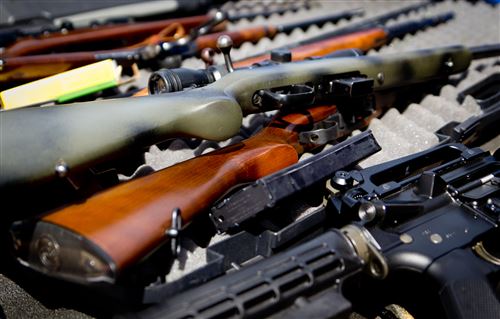
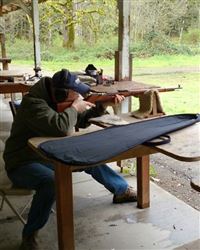 The nice thing about the club is that it’s very informal. You shoot what you want at what you want as long as you are being safe and you clean up after yourself. While I love shooting trap at the Kenmore range, their rifle/pistol range is extremely restrictive. The biggest annoyance at Kenmore is that you can only put one round in your gun at a time. The Snoqualmie club has no such restriction.
The nice thing about the club is that it’s very informal. You shoot what you want at what you want as long as you are being safe and you clean up after yourself. While I love shooting trap at the Kenmore range, their rifle/pistol range is extremely restrictive. The biggest annoyance at Kenmore is that you can only put one round in your gun at a time. The Snoqualmie club has no such restriction.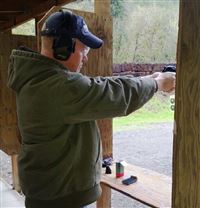 He also brought his sub compact 9mm Ruger with a 13 round magazine. I’ve only shot a handgun once in my life so it was fun to give it another shot (pun intended.) We didn’t win any awards for accuracy but we blew through a couple boxes of ammo.
He also brought his sub compact 9mm Ruger with a 13 round magazine. I’ve only shot a handgun once in my life so it was fun to give it another shot (pun intended.) We didn’t win any awards for accuracy but we blew through a couple boxes of ammo.